In late August of 2013 I had the unique experience of crossing the Arctic Circle on Northern Alaska Tour Company’s Arctic Circle Air Adventure. The centerpiece of the trip is the roughly 1- hour each-way small plane flight between Fairbanks and Coldfoot. Once up north, you are picked up in a van for a tour of the wilderness community of Wiseman. Then, learn about the Trans-Alaska Pipeline and stop at Coldfoot Camp, before returning home on a small plane.
My flight was on a Piper PA-31-350 Navajo Chieftain plane, built in 1976 to hold a maximum of 8 passengers. When I signed up for the Arctic Circle Air Adventure, I wasn’t sure what to expect. I had never been on a small plane flight before, and I was a little nervous. I look forward to sharing my adventure with you, but first a little context.
Preparation for the Arctic Circle Air Adventure
All tours requiring flights depart from 3820 University Avenue, the small plane area of Fairbanks International Airport. Upon arrival, I was greeted and given a run-down of the tour and given the opportunity to ask any questions. My carry-on bag was also weighed at this time. I did not realize at the time, but since my bag was around 15 pounds (a heavy laptop) I was actually above the allotted carry-on allowance of 5 to 10 pounds. However, the extra weight was not an issue. If the weight is a problem, you would simply be asked to leave your bag in Fairbanks.
Also, at this time you may purchase a box lunch, to be delivered upon arrival in Coldfoot. I purchased the box lunch option, since I had already had a long day of travel and didn’t want to wait until after midnight to eat. The box lunch was $12 and included a homemade sandwich with choice of meat and toppings, packaged chocolate chip cookie and pretzels, orange and choice of soda.
Arctic Circle Air Adventure – Away We Go
Then, we walked outside together to meet our pilot and board the plane. Once everyone was seated the plane was ready to take off. We were given standard safety instructions, such as emergency exit information. The pilot taxied his plane along the runway until it was his turn to take off. On this type of trip headsets are an absolute must. They serve to drown out the considerable noise of the plane, but also allow the pilot to communicate to the passengers via his own mic’d up set. Before taking off the pilot ensured that he had our headsets on and that they were in working order.
Take-off went smoothly, although it’s an odd sensation to be so close to the ground in such a small plane. As we left Fairbanks any trace of civilization quickly began to disappear. We passed a mining pit, then some small rivers and lakes. The pilot pointed out landmarks and local history along the way, reading from a script in the cockpit. Much of it I quickly forgot, instead focusing on the beauty outside. The weather shifted dramatically along the way, with the blue sky broken up by cloud cover. This led to very dramatic contrasting scenery, with part of the view picture perfect, the other obscured with the threat of rain and darkness.
Crossing the Artic Circle
As we ventured north toward the Arctic Circle the weather began to get considerably rougher, the plane being rocked by strong winds and rain. The pilot prepared us to look at the plane’s GPS navigational aid for when we actually crossed, at latitude 66° 33′ 44″ N, since crossing the Arctic Circle is a highlight of the trip. The plane was shaking violently by this time, so in the end it was a fool’s errand trying to actually snap the photo or get video, but we all tried. Around this time, the plane had a major dip and there was a moment of panic, but the plane quickly stabilized.
North of the Arctic Circle we saw more and more of the rich color palette the Brooks Range is known for, with yellow, brown, orange, red, purple and green landscapes intermingling below. Pictures don’t do this kind of natural beauty justice; it’s almost too much to fully take in. As we neared our final destination of Coldfoot, we were able to clearly see the Trans-Alaska Pipeline stretching as far as the eye can see.
The Village of Wiseman
On arrival in Coldfoot, the plane was met by a local driver who continued the tour. When the driver asked the pilot how the plane trip went, the pilot replied that it was “a little rough.” It was just a quick momentary exchange, but it made me think about how dangerous it must be for pilots who navigate Alaska year-round. After introducing himself and loading us into a van, the driver provided us with our box lunches that we had ordered back in Fairbanks.
We drove approximately 20 minutes (roughly 13 miles) to the village of Wiseman for the next part of our adventure. Wiseman had a total of 14 residents in the 2010 census. Local Jack Reakoff gives an informative overview of the village and explains his mixed subsistence lifestyle. In addition to giving tours, he hunts, fishes, traps, gardens and gathers fruits.
During the winter months, Wiseman is a popular tour destination for people wishing to view the aurora borealis. As a hobby, Jack enjoys taking pictures of the aurora borealis, which he shares free of charge with tour guests who bring cameras that will not take photos in low light. He also frequently shares the photos on his Facebook profile.
Jack gives most of his tour from the comfort of a log cabin converted into a small museum. Jack is a virtual encyclopedia when it comes to local history and Alaska Native culture. The museum features a number of hooves and skulls from animals that he hunted, including moose, caribou and grizzly bear. There are also historical pictures of the village and its residents, including photos of Alaska Natives who formerly lived in the village before largely relocating to the Anaktuvuk Pass area.
Jack gives a personal history of why and how he came to live in Wiseman and just how difficult it is to survive there. While it’s clear that tourism is an important part of his lifestyle, he is equally dependent on traditional subsistence mainstays such as hunting and fishing. He said, for example, that he picked 200 pounds of berries during the year and he showed us his vegetable garden.
Jack went on to describe his use of solar panels for electricity, along with a generator used sparingly during the winter months. Mail only comes once a week to Wiseman, delivered of course by small plane to Coldfoot. Jack even described how his wife has seasonal affective disorder (SAD) due to the lack of light and warmth during the winter months. He helps her with her condition with high doses of vitamin D and the use of ultraviolet lamps and bulbs.
“Downtown” Coldfoot & the Trans-Alaska Pipeline
After saying farewell to Jack Reakoff and the village of Wiseman, the tour continues on to “downtown” Coldfoot. The entirety of Coldfoot is a gas station that also serves as a restaurant, bar, gift shop and general store. There is also Coldfoot Camp, also known as Slate Creek Inn, which offers converted prefab housing originally used by pipeline workers in the 1970’s. We had just a few minutes in the general store, enough time to pick up some souvenirs or snacks and time to use the restroom.
The quaint restaurant, known as Coldfoot Camp Trucker’s Café, features an all-you-can-eat dinner buffet consisting of meatloaf, mashed potatoes, chipotle lime chicken, fried okra, sweet peas and baked beans. One table in the general store area had a sign indicating that certain seating is only for long-haul truckers, a reminder that in addition to hosting cruise guests and viewers of the aurora borealis, the grounds are an important year-round resource for truckers and a number of other workers that find themselves battling the frigid cold in this part of the Far North. The area has seen even more of a tourism boon due to the Dalton Highway being featured on seasons 3 and 4 of the History Channel’s Ice Road Truckers.
After visiting downtown Coldfoot the van tour finished with a short stop at the Trans-Alaska Pipeline itself. The Pipeline, built between 1974 and 1977, consists of 800 miles of 48-inch diameter pipe, through which 16 billion barrels of oil had traveled through as of 2010. The system is one of the world’s largest and is considered an engineering marvel, especially taking into account that its construction was complicated by having to deal with permafrost, bitter cold and isolated terrain. Our van stopped directly next to the Pipeline to stop for pictures, and we were all able to reach out and touch the Pipeline and pose for pictures.
Return Flight to Fairbanks
We then returned back to the Coldfoot Airport for the flight back to Fairbanks. The flight home was relaxing after a long day of excitement. We enjoyed a beautiful sunset and listened to additional commentary from our pilot. By this time, he had already pointed out most of what could be seen and it would be dark shortly. The pilot gave us his own personal insight of living and working in Alaska, which was interesting to hear. He had been a commercial airline pilot for Hawaiian Airlines for his entire working career and had then moved to Alaska in his retirement. It was interesting to hear him talk about how different it was living in Alaska and how he had to adapt to a new lifestyle. The below YouTube video features footage of the entire flight portion of the trip – from takeoff, to crossing the Arctic Circle, to landing in Coldfoot and then the return trip home.
On arrival in Fairbanks, we each received our official Arctic Circle Adventure Certificate to remember the trip. A driver for Northern Alaska Tour Company then returned me to my hotel.
I highly recommend the Arctic Circle Air Adventure for anyone wishing to get more out of their Alaska vacation. Flightseeing is truly a once-in-a-lifetime experience. It can be frightening, but the payoff is fantastic and it gives an entirely different perspective. The experience is truly beyond words, but hopefully some of my pictures and videos will give you a better idea of how special this trip truly is. Visiting Wiseman and the cabin of Jack Reakoff was also a highlight for me. I also found myself fascinated by the unique history of Coldfoot and the Trans-Alaska Pipeline.
Background and How To Book
Northern Alaska Tour Company, based in Fairbanks, was founded in 1986 and offers a variety of trips to Alaska’s Arctic. Most of their offerings involve small plane flights, but a couple tours are available that use only vans/motor coaches.
The sign-up process is relatively simple. To get signed up, simply call for tour dates and availability, then provide full names and weights for all passengers, in addition to address, phone number and email contact info. Weights are needed to help balance the plane’s load, a crucial step for small plane flights. If the plane is not correctly balanced, the safety of the pilot and all passengers could be compromised. Other tours require other information, such as birth dates or driver’s license or passport number.
At the time of booking, 50% of the total tour amount is due as a deposit. The remaining balance is due 30 days prior to the trip. The Arctic Circle Adventure is fully refundable up until 6:00 pm 2 days prior to the tour. Most other tours are refundable up until 6:00 pm 2 days prior, or 6:00 pm 7 days prior.
(This article was first published on Jan. 27, 2014 at Examiner.com. The content for this article resulted from a familiarization trip with Holland America Line, mirroring the “land” portion of an Alaska Cruisetour).
For a complete list of Alaska-related content, please see the below:
- Arctic Circle Air Adventure with Northern Alaska Tour Co.
- Exploring Juneau, Alaska with Holland America Line
- Jeff King’s Husky Homestead in Denali
- Seattle cruises to Alaska | an introduction
- Visiting Mendenhall Glacier on layover at Juneau Airport
- Welcome to Denali, home of the $9 Subway footlong
- 2011 Seattle cruises to Alaska: Holland America Line
ErikTomrenWrites is a participant in the Amazon Services LLC Associates Program, an affiliate advertising program. Your purchases on Amazon.com via our links will help support ErikTomrenWrites – at no extra cost to you!
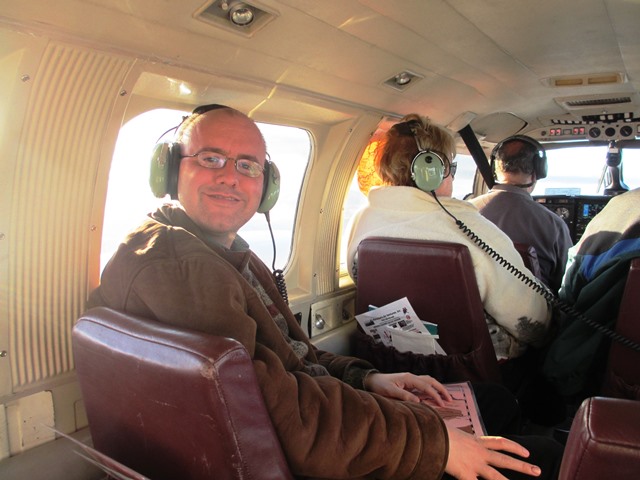

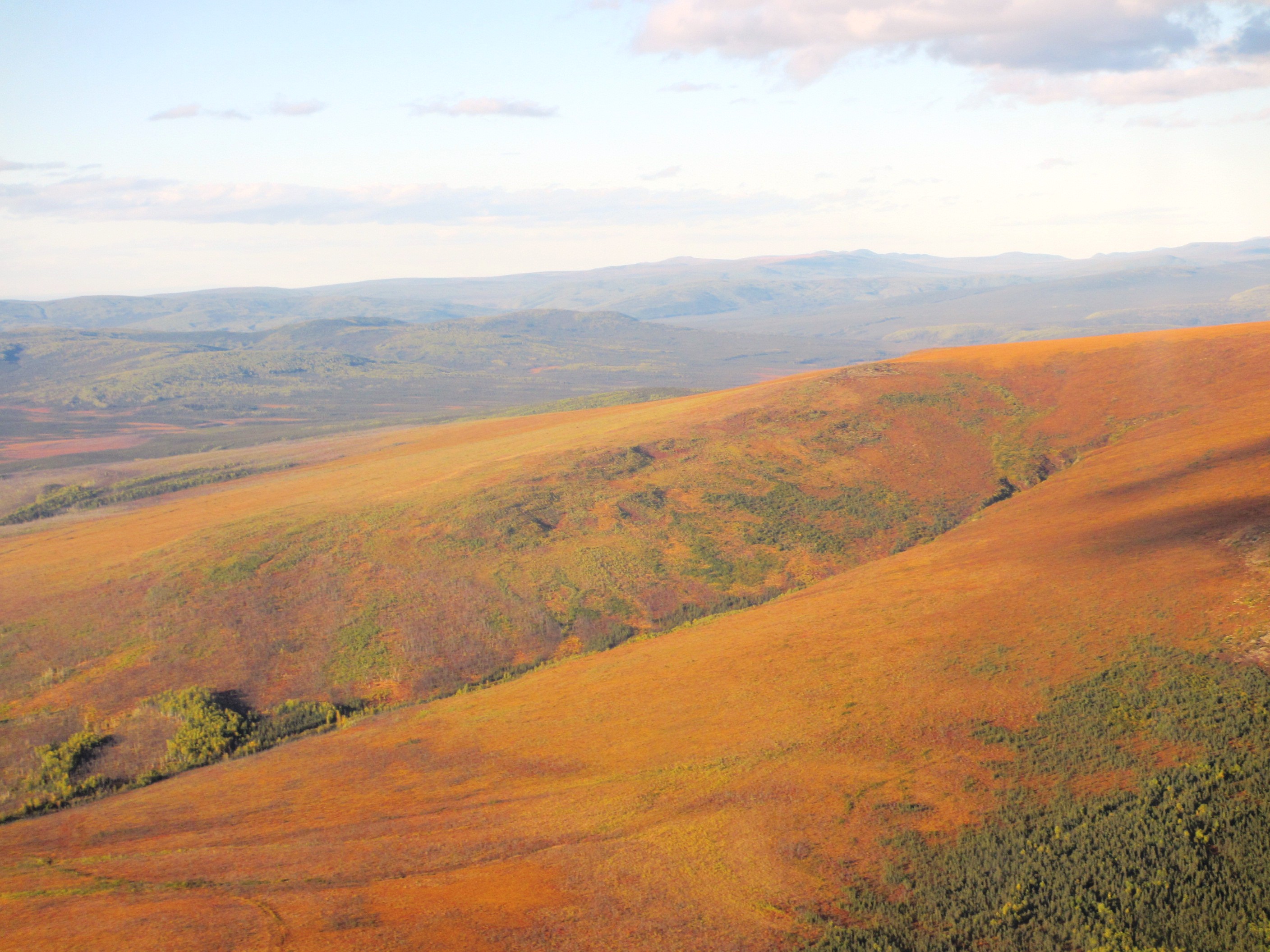
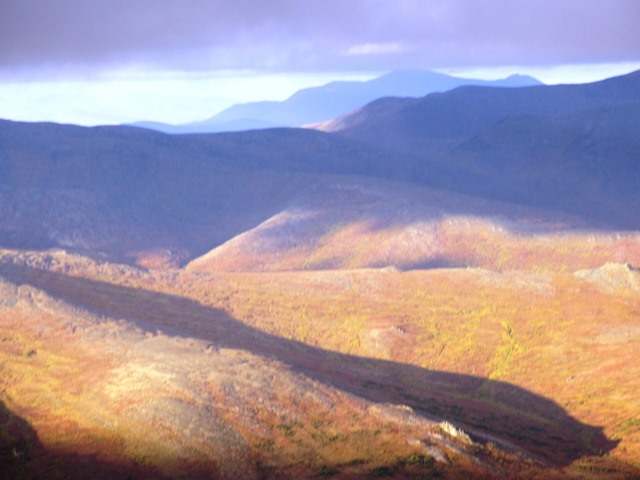
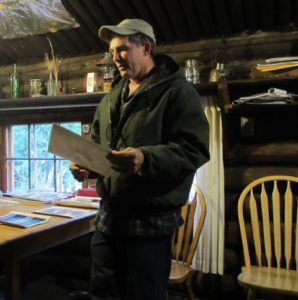
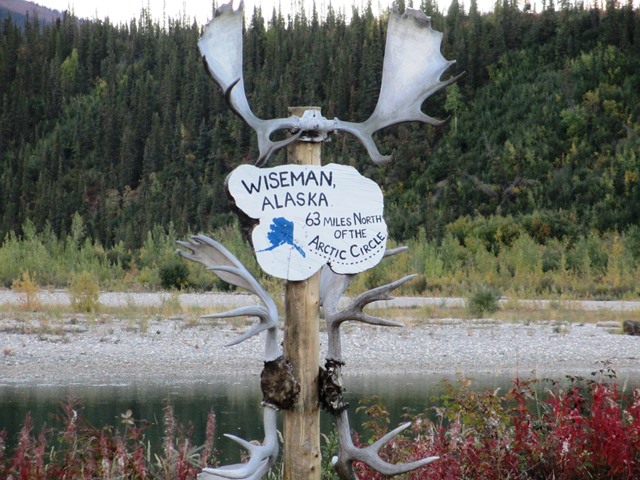

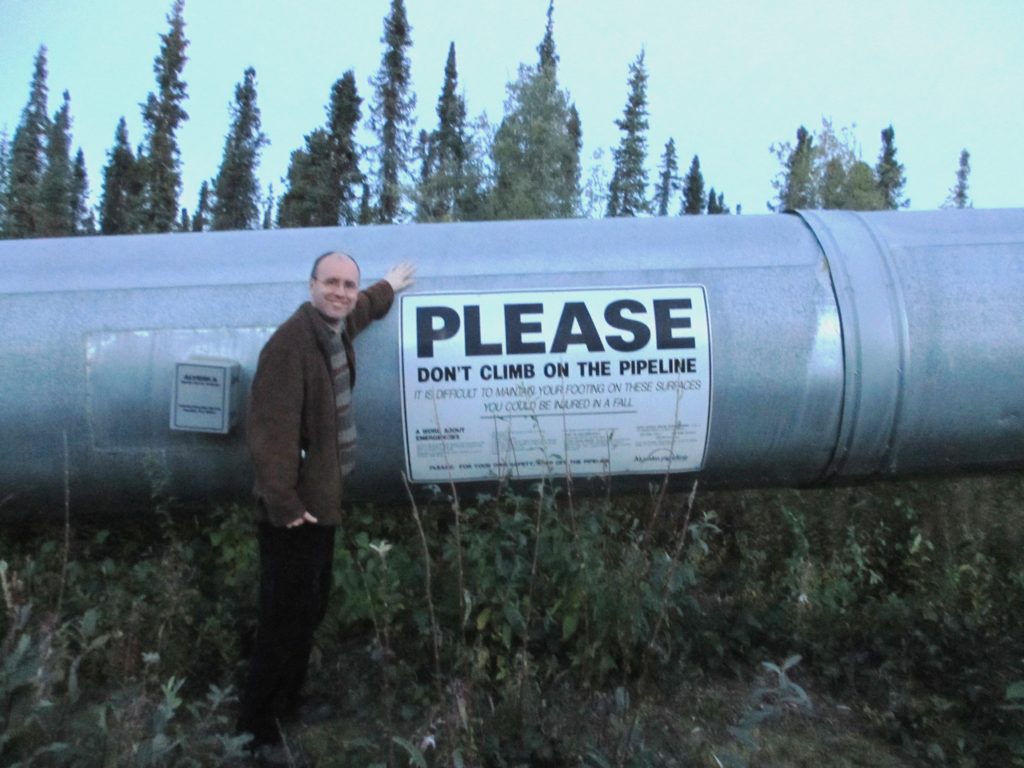



Pingback: Exploring the city center of Bergen, Norway - #ErikTomrenWrites
Pingback: Cruising to Saint Petersburg: a visa primer - #ErikTomrenWrites
Pingback: Ultimate Namibia Safari - Evergreen Escapes travel series - #ErikTomrenWrites
Pingback: Gdynia, Poland: Seattle sister city since 1993 - #ErikTomrenWrites
Pingback: Seattle sister cities – an overview - #ErikTomrenWrites
Pingback: Louis Armstrong statue at New Orleans Airport - #ErikTomrenWrites
Pingback: Jeff King’s Husky Homestead in Denali - #ErikTomrenWrites
Pingback: Seattle Syttende Mai 2020: Quarantine Edition - #ErikTomrenWrites
Pingback: Sihanoukville, Cambodia: Seattle sister city - #ErikTomrenWrites
Pingback: Seattle’s first Thursday Free Museum Day program - #ErikTomrenWrites
Pingback: Guatemala and Belize - Evergreen Escapes travel series - #ErikTomrenWrites
Pingback: Visiting Mendenhall Glacier on layover at Juneau Airport - #ErikTomrenWrites
Pingback: Downtown to West Seattle (Alki Beach) on the King County Water Taxi - #ErikTomrenWrites
Pingback: Seattle 'Wacky Holiday Lights & Wine Tasting Tour' - #ErikTomrenWrites